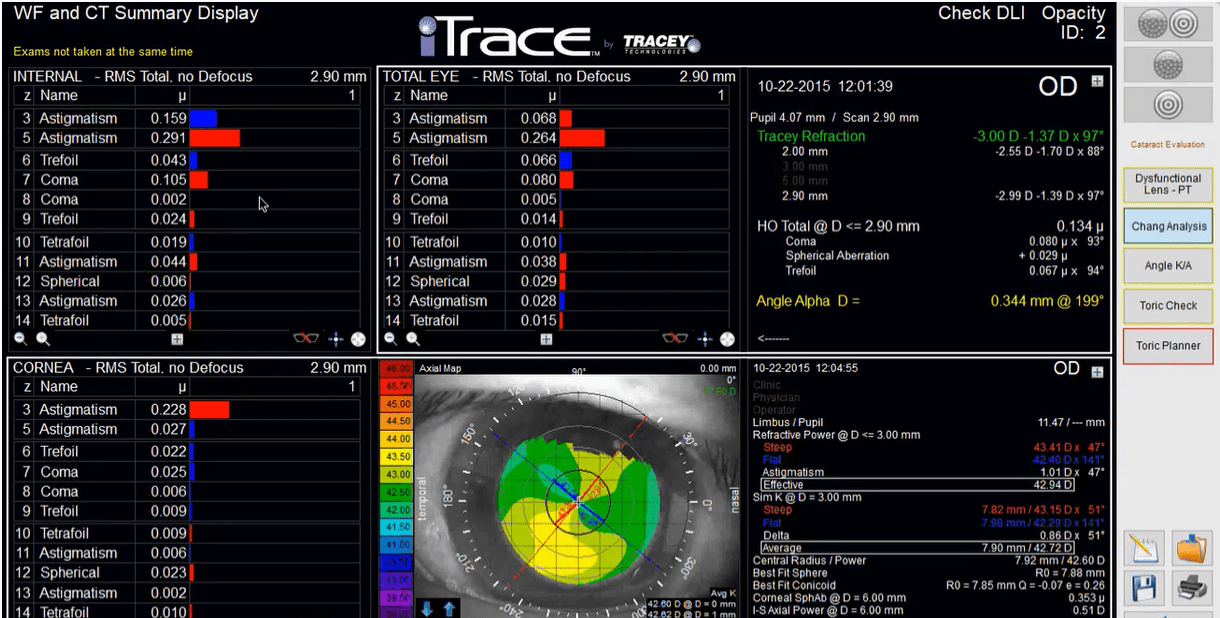

All eyes were treated with the LaserACE procedure using the VisioLite erbium-YAG laser (Ace Vision Group, USA). Eight emmetropic eyes of four patients with presbyopia were included in this study. To investigate the visual outcomes over 1 year after laser anterior ciliary excision (LaserACE) procedure for presbyopic subjects.Ī prospective, non-randomized, non-comparative study. New directions are required for improved outcomes. Conclusion: Laser presbyopia reversal (LAPR) via sclera ablation using infrared laser is safe and effective, but suffers drawbacks of being invasive and procedures are too slow. Results: Clinical outcomes during 2000 to 2020 are summarized showing an average Accommodation gain about 2.0 D, and postoperative egression about 0.25 D (after two years). Clinical outcomes from two major groups, SurgiLight and Ace Vision, with two years follow are summarized. The key issues and new directions to overcome the drawbacks of the existing LAPR procedure (based on scleral ablation) are proposed. Classical theories of accommodation include Helmholtz and Schachar hypothesis. The effectiveness of ciliary body contraction for lens relaxation (or accommodation) may be influenced by the combined aging factors, including lens property changes (index, size, thickness and curvature), tissue elastic changes (in sclera and ciliary) and the zonular tension change. The accommodation gain (AG) after the surgery is mainly due the change in anterior curvature and anterior shift of the lens.

The principles of accommodation and the key factors influencing the outcomes are discussed.

Methodology: Accommodation gain was obtained by laser scleral ablation of an eye using Er:YAG laser (at 2.94 um) using either line-pattern or dots-pattern outside the limbus in the oblique quadrants of an eye. Place and Duration of Study: New Taipei City, Taiwan, between June, 2021 and July, 2021. Study Design: LAPR using laser sclera ablation for increased accommodation of presbyopic eyes. Recent clinical data and new methods are also summarized.
#COST OF ITRACE ABBEROMETER UPDATE#
Purpose: To update and review the technology and principles of laser presbyopia reversal (LAPR) via sclera ablation and thermal shrinkage using infrared and UV lasers. Conclusion: The AG is proportional to the amount of scleral tissue removed (or shrinkaged), such that more space is produced for the change of PVZ and CLS from a UCS to AS for accommodation. The AG per diopter change of the reshaped lens is 0.62 to 0.68 by our formulas, comparing to the measured average value M'=0.69.The efficacy of LASA (or AG) is proportional to the amount of scleral tissue removed (or shrinkaged), such that more space is produced for the change of PVZ and CLS from a UCS to AS for accommodation. Results: The accommodative gain (AG) is mainly due to the change of lens anterior curvature and its anterior shift. The measured net change of the posterior vitreal zonules (PVZ) length and the space between the ciliary body and lens (CLS) during the accommodation are also analyzed. The measured data of accommodative response of the lens versus the lens curvature change and anterior shift are analyzed. Methodology: Accommodation gain is calculated by a 4-component theory, in which the rate functions are derived by an effective eye model for the change of anterior curvature of the lens and its anterior shift. Place and Duration of Study: New Taipei City, Taiwan, between June 2021 and July 2021.

Study Design: To increase the accommodation of presbyopia. via sclera ablation and/or thermal shrinkage such that the lens is reshaped and/or its position is shifted. Purpose: To derive and provide analytic formulas for an accommodative gain of presbyopia eyes.


 0 kommentar(er)
0 kommentar(er)
